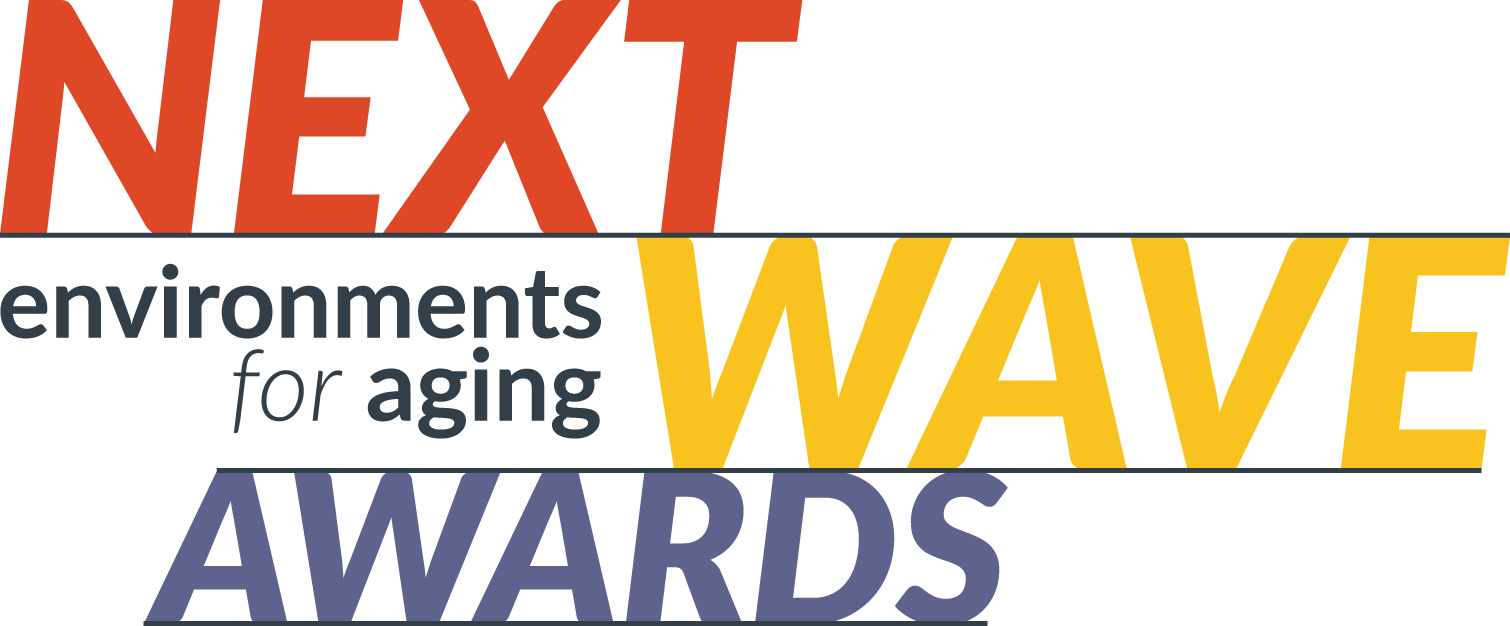Despite meeting federal requirements for written emergency plans and disaster preparedness training, nursing home response plans often lack relevant information and do not follow the Centers for Medicare & Medicaid Services’ (CMS) recommended preparedness checklist for healthcare facilities, according to a new Office of Inspector General report.
danny
danny's Latest Posts
Considerations when buying clothes for residents
Last week, when my best friend Beth visited, we checked out a local thrift shop to find clothing for my roommate and a male resident across the hall. My thoughts are always with those residents who have no family to get clothing for them. Even though they get a few things at Christmas from staff or the facility, I feel they need a bit more to get them through the year.
As Beth and I looked through the store’s wares, I surprised her by being specific about the kind of clothing my roommate would like. I wanted to pick out comfortable clothes that were not ornate.
Medicaid on spin cycle
When the federal government’s temporary Medicaid spending increase under the American Recovery and Reinvestment Act expired last summer, industry observers drew the lines between state Medicaid shortfalls and LTC services. Their estimation: states would begin to doggedly seek more inexpensive solutions through home- and community-based services (HCBS).
Mysterious gut bug hits nursing homes
An uncommon stomach virus first reported in Japan during the late 1970’s has been circulating among long-term care residents in Oregon and Minnesota since at least 2002, according to a study published online in Emerging Infectious Diseases.
Cost of care survey shows nursing home costs up 4%
The annual cost for a private nursing home room rose 4.2 percent in 2012 to $81,030, according to the 2012 Cost of Care Survey by Genworth Financial.
By comparison, the median annual cost for care in an assisted living facility rose 1.2 percent to $39,600. (View interactive map of state LTC costs)
So OSHA is at your door—now what?
Well, your day got off on the wrong foot. Now that the compliance officer from the Occupational Safety and Health Administration is here, what do you do? How do you act? What are the “right and wrong” actions, words—everything?
Create a ‘thriving workforce’ through empowerment
In the January/February edition of the Harvard Business Review, business professors Gretchen Spreitzer and Christine Porath focused on what it means for staff to thrive in their work environment. In these writers’ estimation, a thriving workforce is “…one in which employees are not just satisfied and productive but also engaged in creating the future—the company’s and their own.
Disaster planning workshop a long-term care success
More than 250 people attended the California Association of Health Facilities’ (CAHF) “Really Ready Long-Term Care Disaster Preparedness Conference” earlier this year in Sacramento. While the program was developed for CAHF members and other LTC providers in California, attendees and presenters from around the nation participated in this dynamic two-day event.
CMS announces 27 Shared Savings ACOs
The Centers for Medicare & Medicaid Services has announced 27 Accountable Care Organizations (ACOs) for its Shared Savings Program, a part of the Affordable Care Act aimed at helping physicians, hospitals, and other health care providers work together in an effort to improve care for people with Medicare is off to a strong start.
Researchers identify risk factors of rehospitalization for post-acute stroke patients
Stroke patients receiving in-patient rehabilitation are more likely to land back in the hospital within three months if they are functioning poorly, show signs of depression and lack social support, according to researchers at the University of Texas Medical Branch at Galveston.
Hospital readmission for older adults within 30 days of discharge costs Medicare roughly $18 billion annually, researchers noted.
Muscle training treats urinary incontinence for older women, study finds
A type of exercise called pelvic floor muscle training is effective for treating adult women with urinary incontinence, which affects up to 75 percent of older women in nursing homes, according to a new report from the Agency for Healthcare Research and Quality (AHRQ).
SNF residents at greater risk of hospitalization for blood clots after an infection
Older adults who had stayed in nursing homes or hospitals and developed infections of any kind—such as urinary, skin or respiratory tract infections—are seven times more likely to be hospitalized for a dangerous blood clot in their deep veins or lungs, according to research from the University of Michigan Health System.
Those who got the infection at home were nearly three times more likely to be sent to the hospital for a blood clot within 90 days.







